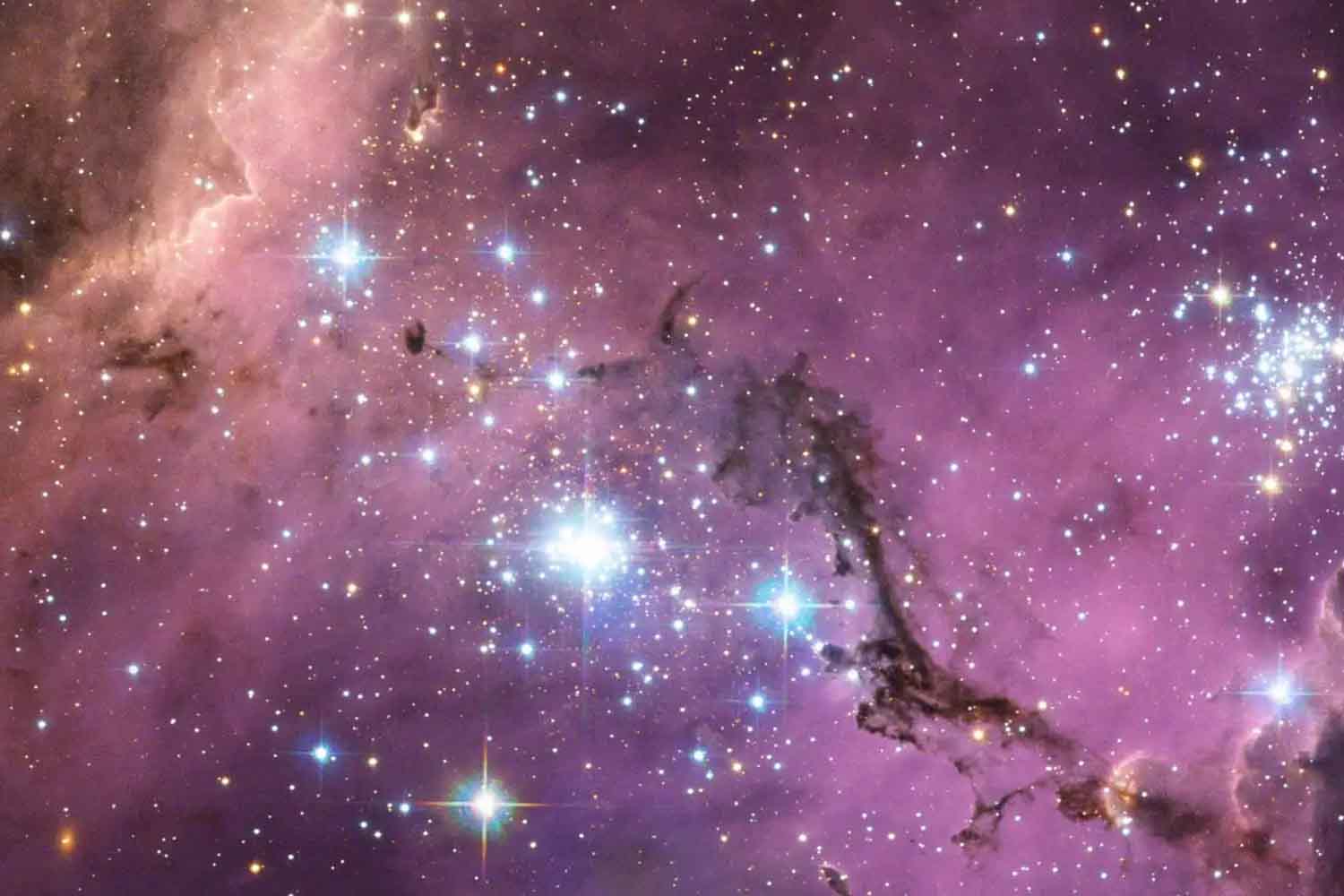Discovery of a star almost entirely devoid of metals, possibly born from the first stellar explosions after the Big Bang: a rarity that could change what we know about the origins of stars and matter in the universe

Not all stars are created equal. Some, like SDSS J0715-7334, seem to have emerged directly from the first chapter of the universe. It’s a star so poor in heavy elements that scientists consider it the most “pure” ever discovered. An absolute rarity, useful for understanding what the cosmos was like immediately after the Big Bang.
It was identified by a team led by Alexander Ji from the University of Chicago, who published the results on the scientific portal arXiv. The star is located on the outskirts of the Milky Way, but the data collected tells a much more distant story, both in space and time.
An almost immaculate chemical composition

The past orbit of J0715 − 7334 and the LMC in Galactic coordinates on-sky, overlaid on the distribution of all stars observed by Gaia
SDSS J0715-7334 is a red giant, meaning a star that has already passed the central phase of its “life.” But what truly surprised scientists is its almost total absence of metals. In astronomy, “metals” refers to all elements heavier than helium. So yes: even oxygen, iron, and carbon are considered metals in this context.
This star has a lower metal content than any other ever observed, even twice as poor as the previous record holder. And if this alone is rare, the fact that it’s also poor in carbon – an element that even the most primitive stars tend to have – makes it a practically unique case.
According to the research team, SDSS J0715-7334 would have formed from a gas cloud barely enriched by the remnants of a Population III supernova – the first stars born in the universe, formed only from hydrogen, helium, and a little lithium. In other words: this star is an authentic piece of the primordial universe.
From the Magellanic Cloud to the Milky Way: a long migration through space
Thanks to data from the European satellite Gaia, scientists were able to trace the star’s path through time, discovering that it wasn’t born in the Milky Way, but in the Large Magellanic Cloud, a satellite galaxy of ours. Over time, it migrated to our galaxy, without however “contaminating itself” with the interstellar material that often pollutes the surface of stars.
This “purity” is fundamental for astronomers, because it allows them to study it without external interference. Moreover, SDSS J0715-7334 has an internal structure that mixes the material, preventing the formation of layers with different compositions: another plus for those trying to understand what matter was really like immediately after the Big Bang.
There’s more. The researchers explain that this star falls below the “fine-structure cooling threshold.” This is a limit that defines how much a gas cloud can dissipate heat to become cold and dense enough to form a star. In cases like this, where metals are absent, cooling is very difficult.
The discovery of SDSS J0715-7334 confirms that cosmic dust played a crucial role in cooling primordial clouds. It’s an important clue, because it indicates that similar mechanisms could be active in other galaxies as well, not just in ours.
SDSS J0715-7334 is not just a star. It’s a silent witness to a very distant era, which still today tells us about the origin of stars, elements, and ultimately, our own cosmic origins. For astronomers, it’s like finding a message in a bottle launched into the void over 13 billion years ago.
Source: arXiv
